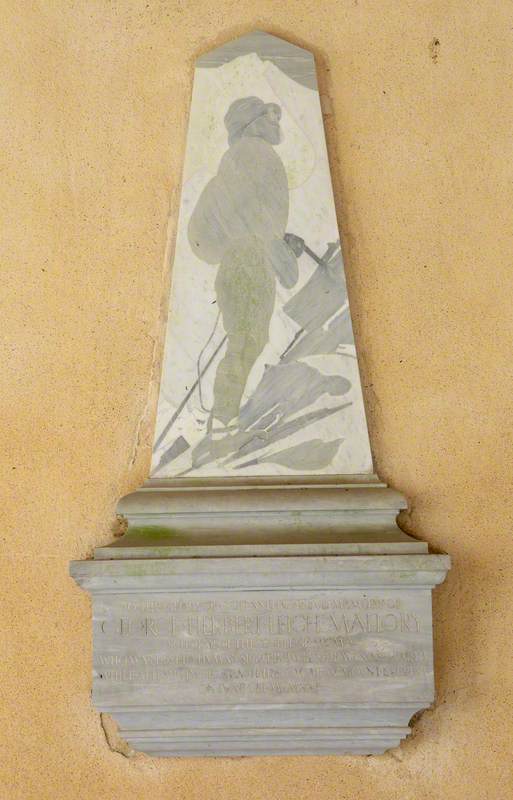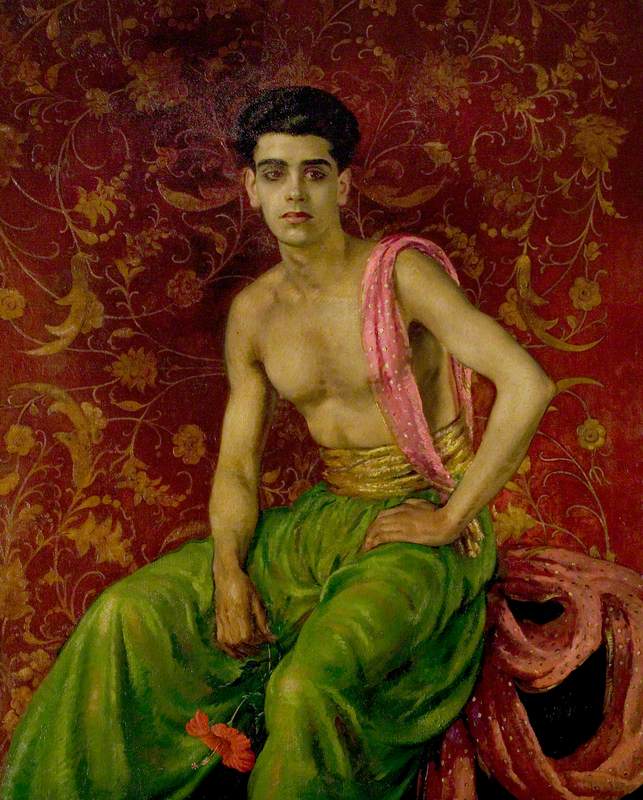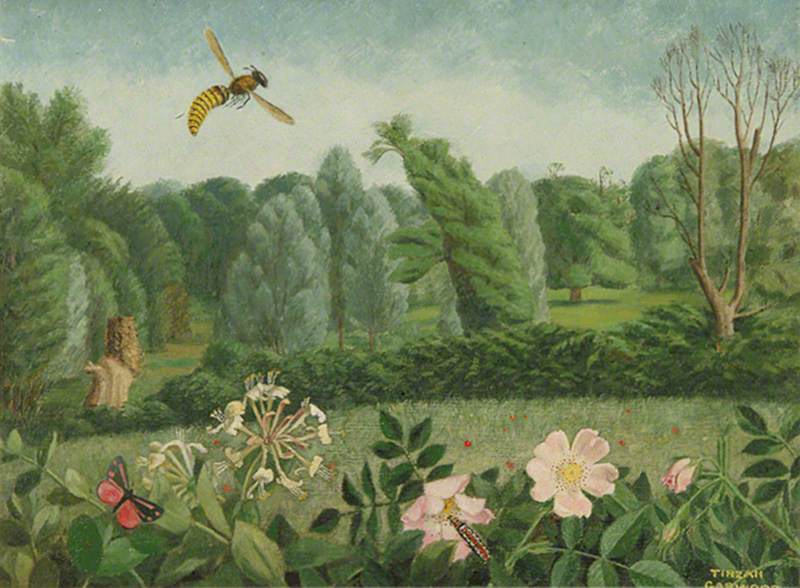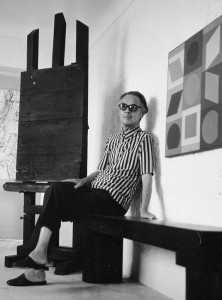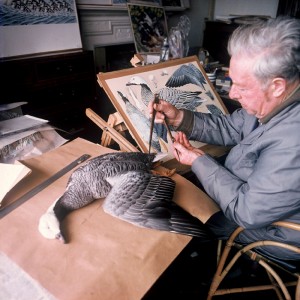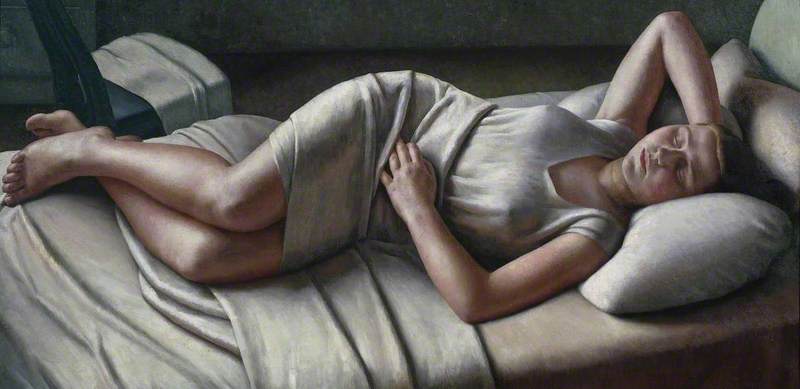Dora Gordine was born into a Russian-Jewish family in Latvia in 1895 and grew up in Estonia, where she first exhibited as a sculptor.
While living and studying in Paris in the mid-1920s, Gordine came across Chia-Chu Chang, a young Chinese student, and asked him to sit for a portrait. Chang had been studying in America and was travelling through the city on his journey home to China, so the sittings had to be completed remarkably quickly, in just three days. The head was cast in bronze at the prestigious Valsuani foundry in Paris and was first exhibited at the Salon des Tuileries in Paris in May 1926. It brought Gordine’s work to the attention of important art collectors and critics and helped establish her reputation as a sculptor of significant talent.
Chinese Head (Chia-Chu Chang/The Chinese Philosopher)
1925–1926
Dora Gordine (1895–1991) and Valsuani 
Exhibited variously as 'bronze head', 'Chinese Head' and known later, with reference to its contemplative pose, as 'The Chinese Philosopher', the portrait is one of several heads of non-western subjects of the 1920s that suggest Gordine’s interest and knowledge of the sculpture of ancient civilisations. In the early 1930s, she was able to further pursue this interest through visits to the Borobudur temple complex in Java and to Angkor in Cambodia while she was living and working in British Malaya.
The portrait is one of the most important works in the art collection at Kingston University's Dorich House Museum. Dorich House, on the southeast edge of Richmond Park, is the former studio house of Gordine and her husband, Richard Hare. Named Dorich as an amalgam of their two names, it was completed to Gordine’s own design in 1936 and she lived there until her death in 1991.
Fiona Fisher, Curator at Dorich House Museum


